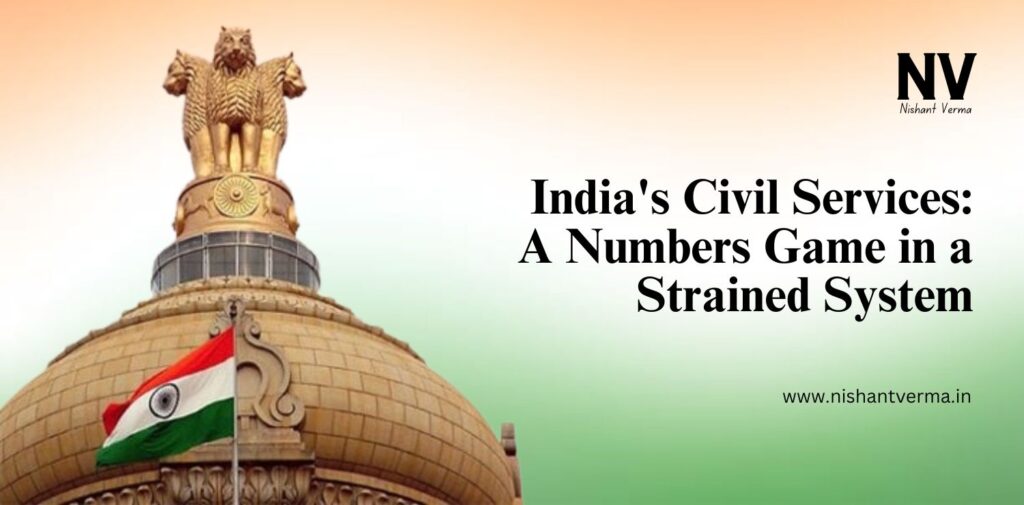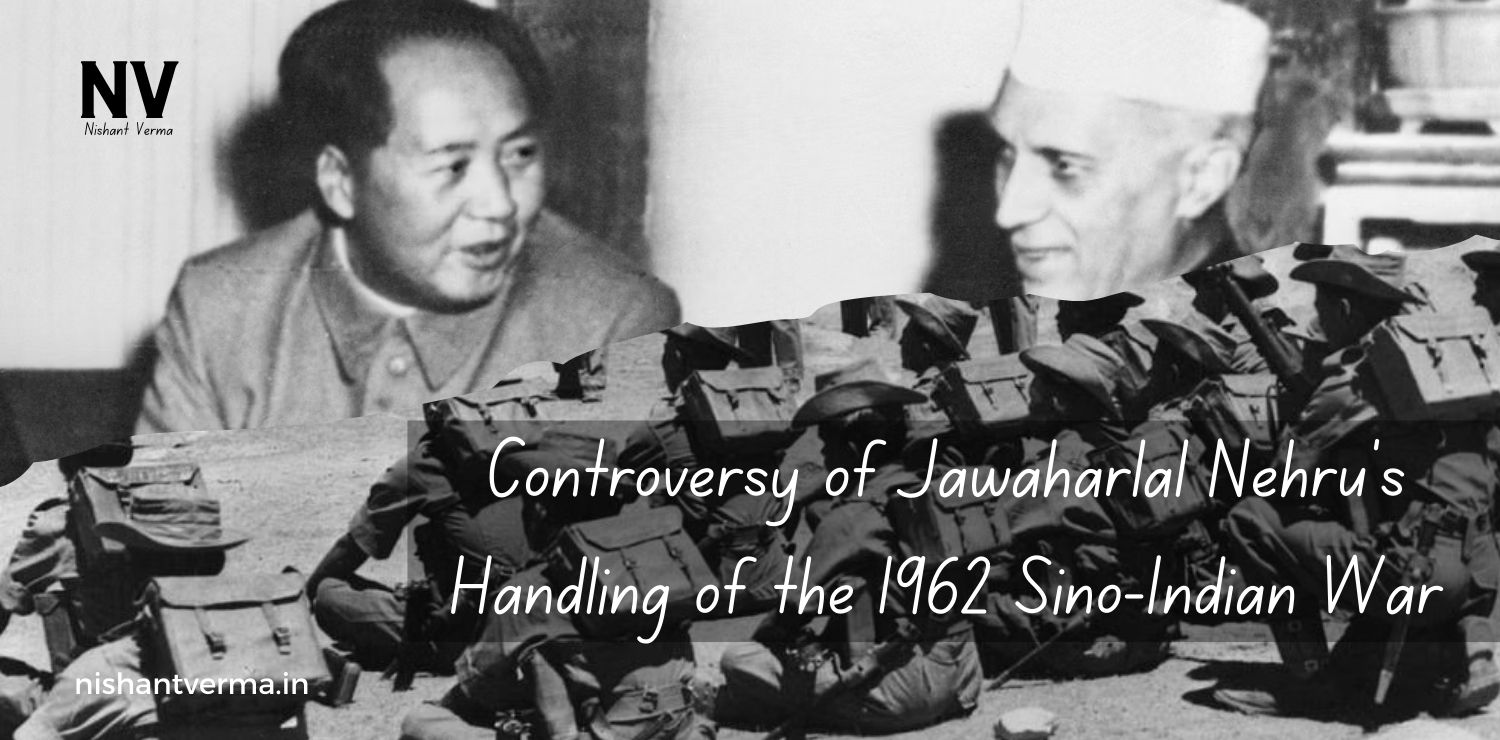India’s civil services, particularly the Indian Administrative Service (IAS), is often referred to as the “steel frame” of the nation’s bureaucracy. Yet, when we take a closer look at the system, we see that this frame is being stretched thin. Consider this: India, with a population of over 134 crores (1.34 billion people), has just about 5,000 IAS officers serving across the country. By contrast, the United Kingdom, with a population of just 6 crores (60 million), has a similar number of civil servants. This disparity is startling and speaks to a bigger problem – an overburdened bureaucracy that struggles to serve a vast and diverse population effectively.
Furthermore, India’s civil services exam – conducted by the Union Public Service Commission (UPSC) – selects only around 1,000 candidates from a staggering 10 lakh (1 million) applicants each year. In comparison, the UK selects a similar number of candidates from around 30,000 applicants. This skewed ratio highlights a bottleneck that not only limits the number of civil servants but also crushes the dreams of thousands of aspirants who dedicate years of their lives preparing for one of the toughest exams in the world.
The Issue of Overburdened Bureaucracy
One of the key issues India faces today is an overstretched bureaucracy. With a limited number of IAS officers, many of them are expected to handle multiple roles, especially in states with large populations. This leads to inefficiencies, delayed decision-making, and an overall strain on governance. Civil servants, particularly IAS officers, are responsible for implementing a wide range of government policies, overseeing district administration, and addressing public grievances. When one officer has to juggle multiple responsibilities across departments, it is inevitable that the quality of governance will suffer.
Take, for instance, the case of district collectors or district magistrates. In many parts of India, these officers are responsible for managing large districts with millions of people. They oversee everything from law and order to disaster management, education, health, and development projects. With such a wide-ranging portfolio, it is easy to see how even the most efficient officer would struggle to perform all duties effectively. This leads to burnout among civil servants and a backlog of tasks that impacts the common citizen.
Limited Seats, Unlimited Aspirations
The UPSC Civil Services Examination is one of the most competitive exams in the world, with a success rate of less than 0.1%. Each year, millions of aspirants dedicate several years of their lives to preparing for this exam, often at the cost of their personal and professional lives. For many, becoming an IAS officer is not just a job; it is a dream. But with only 1,000 seats available, the vast majority of candidates are left disappointed.
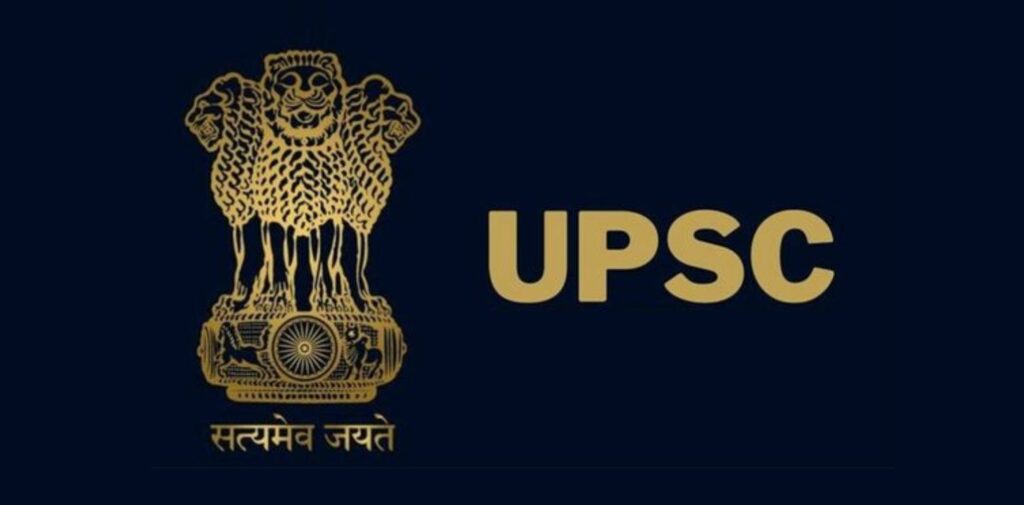
This limited intake of civil servants is a significant barrier for aspirants, particularly those from rural areas and marginalized communities. The exam is designed to select the best candidates, but the sheer number of applicants makes the selection process highly competitive. As a result, many deserving candidates, who may have the potential to serve the country effectively, are left out simply due to the limited number of seats.
This scenario has led to the rise of coaching centers across the country, particularly in cities like Delhi, where aspirants flock to prepare for the exam. The coaching industry has grown into a multi-crore business, with students paying exorbitant fees in the hope of cracking the exam. However, the reality is that even after years of preparation, many aspirants are unable to clear the exam due to the limited number of seats. This leads to frustration, wasted years, and shattered dreams.
The Role of India’s Education System
The problem of limited civil service seats cannot be viewed in isolation. It is deeply linked to the broader issue of India’s flawed education system. The Indian education system, particularly at the higher education level, does not equip students with the skills required to succeed in competitive exams like the UPSC. Despite having a large number of universities and colleges, the quality of education in many institutions is subpar.
One of the key challenges is the focus on rote learning rather than critical thinking and problem-solving. Many students, even at the graduate level, lack the analytical skills required to crack exams like the UPSC. This is compounded by the fact that the Indian education system is highly centralized and rigid, with little room for creativity or independent thought.
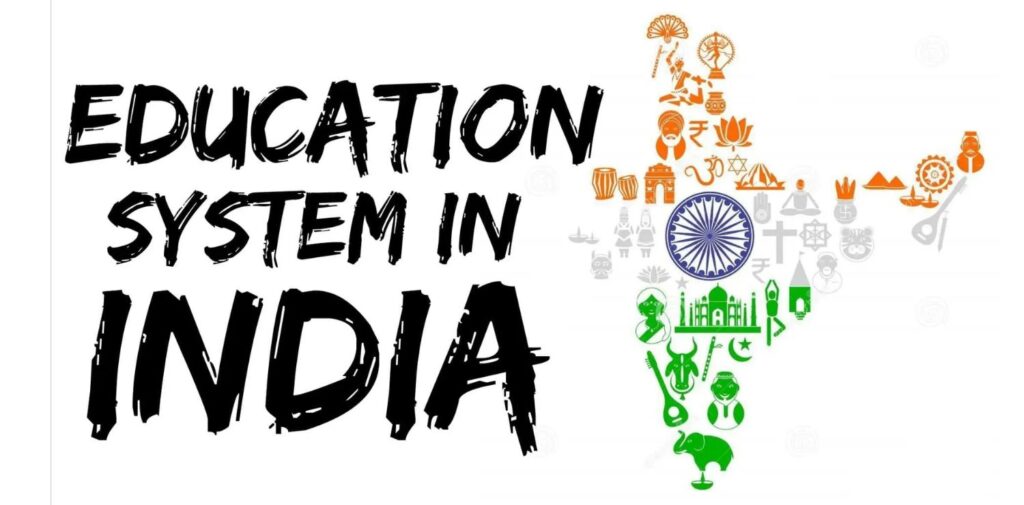
In addition, there is a significant disparity in the quality of education between urban and rural areas. While students in urban centers have access to better schools, coaching centers, and resources, those in rural areas are often left behind. This creates an uneven playing field, where only a small percentage of aspirants have the means to succeed in competitive exams.
Increasing IAS Seats: A Solution for Both Governance and Aspirants
One potential solution to the problem of an overburdened bureaucracy and limited aspirant opportunities is to increase the number of IAS seats. By doing so, India can address both the issue of stretched civil servants and the aspirations of millions of young Indians who dream of serving the country.
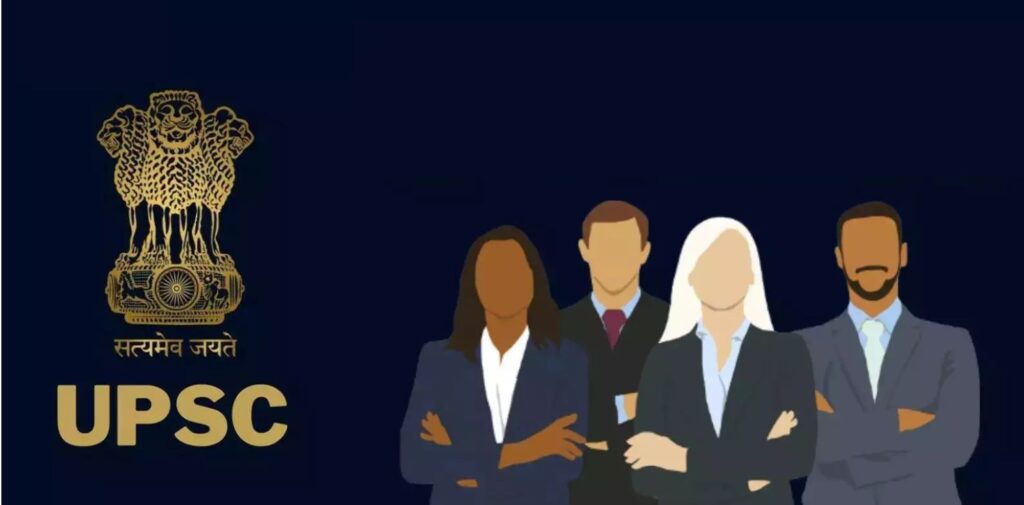
An increase in IAS seats would not only reduce the workload on current officers but also ensure that more regions, particularly in remote and underserved areas, receive adequate governance. For example, many northeastern states, as well as remote districts in states like Bihar, Uttar Pradesh, and Jharkhand, are often understaffed in terms of IAS officers. This leads to slower implementation of government schemes and poor delivery of services to the people.
Moreover, increasing the number of seats would provide more opportunities for deserving candidates who have the potential to make a positive impact on society. By expanding the intake of civil servants, India can ensure that its bureaucracy is more representative of its diverse population, with officers from different backgrounds and regions contributing to the country’s development.
The Way Forward: Reforming the Education System
While increasing IAS seats is a step in the right direction, it is equally important to reform India’s education system. The focus should shift from rote learning to developing critical thinking, problem-solving, and leadership skills. This would not only help aspirants perform better in exams like the UPSC but also equip them with the skills required to succeed in other fields.

In addition, there is a need to bridge the gap between urban and rural education. The government must invest in improving the quality of education in rural areas, ensuring that students from all backgrounds have access to the resources they need to succeed.
Conclusion: India’s Civil Services
India’s civil services play a crucial role in the governance and administration of the country. However, the current system, with its limited number of IAS officers and the highly competitive nature of the UPSC exam, is both overburdened and restrictive. Increasing the number of IAS seats would go a long way in addressing both the stretched bureaucracy and the aspirations of millions of young Indians.
At the same time, it is essential to reform India’s education system to ensure that students are better prepared for the challenges of the 21st century. Only by addressing both these issues can India truly unlock the potential of its young population and ensure effective governance for its billion-plus citizens.

